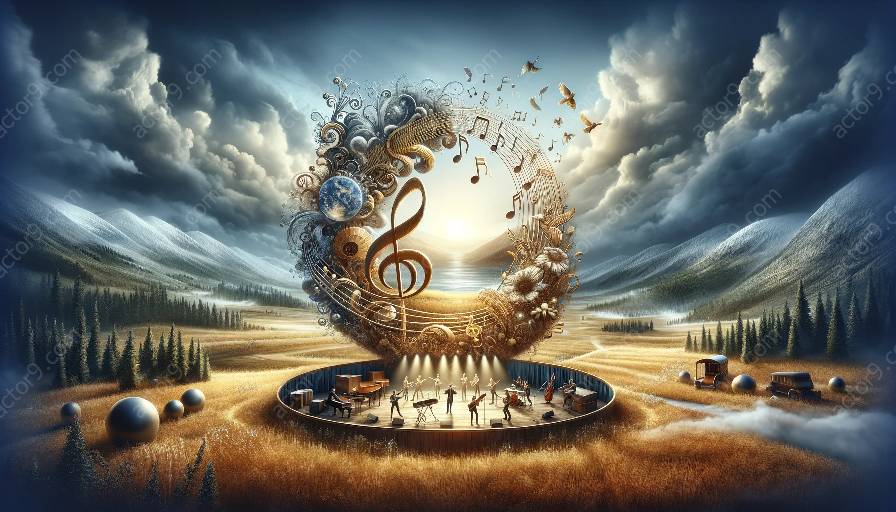Musical and choreographic elements play an essential role in enhancing the overall spectacle of circus performances. In this article, we will delve into the intricate connections between music and choreography in circus acts, their impact on audience experience, and the role of music in circus arts.
Understanding the Role of Music in Circus Performances
Music is an indispensable component of circus performances, serving as a powerful tool for evoking emotion, amplifying the energy of the acts, and guiding the audience through a journey of wonder and excitement. The rhythms, melodies, and harmonies of the music not only complement the physical performances but also heighten their impact, creating a multisensory experience for the spectators.
The Interplay of Music and Choreography
In circus arts, the interplay between music and choreography is incredibly intricate and finely tuned. Choreographers meticulously design movements that synchronize with the ebb and flow of the music, creating a mesmerizing visual symphony that captivates the audience. The dynamic relationship between the two elements allows for seamless transitions between acts, emphasizing key moments, and establishing a harmonious connection between the performers and the soundscapes.
Impact on Audience Experience
When music and choreography are intricately intertwined in circus performances, the impact on the audience experience is profound. The emotional resonance of the music, coupled with the graceful movements of the performers, creates a suspension of disbelief that transports spectators into a world of enchantment and awe. This shared experience between the performers and the audience fosters a deep connection that lingers long after the show concludes, leaving a lasting impression on the hearts and minds of the spectators.
The Role of Music in Circus Arts
Beyond merely enhancing individual performances, music plays a pivotal role in shaping the narrative arc of circus shows. It acts as a thread that binds various acts together, creating a cohesive storytelling experience that unfolds through the combination of music, choreography, and other visual elements. The diverse musical genres utilized in circus arts allow for a rich tapestry of soundscapes, catering to a wide range of audience preferences and immersing them in different cultural and emotional landscapes.
Conclusion
The connections between music and choreography in circus performances are intriguing and complex, with each element enhancing and elevating the other. By understanding the nuances of this relationship and the role of music in circus arts, we gain a deeper appreciation for the magic and artistry that underpin the mesmerizing world of circus entertainment.


































